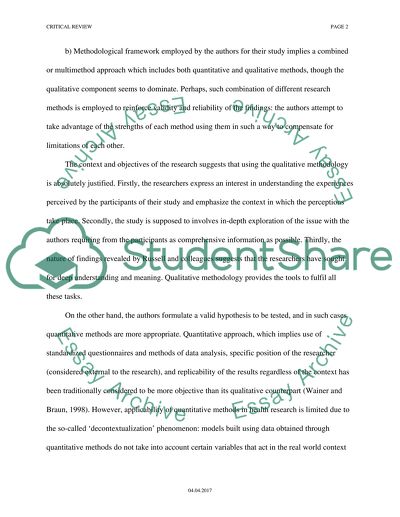Cite this document
(“Interprofessional Learning Book Report/Review Example | Topics and Well Written Essays - 1500 words”, n.d.)
Interprofessional Learning Book Report/Review Example | Topics and Well Written Essays - 1500 words. Retrieved from https://studentshare.org/health-sciences-medicine/1527237-interprofessional-learning
Interprofessional Learning Book Report/Review Example | Topics and Well Written Essays - 1500 words. Retrieved from https://studentshare.org/health-sciences-medicine/1527237-interprofessional-learning
(Interprofessional Learning Book Report/Review Example | Topics and Well Written Essays - 1500 Words)
Interprofessional Learning Book Report/Review Example | Topics and Well Written Essays - 1500 Words. https://studentshare.org/health-sciences-medicine/1527237-interprofessional-learning.
Interprofessional Learning Book Report/Review Example | Topics and Well Written Essays - 1500 Words. https://studentshare.org/health-sciences-medicine/1527237-interprofessional-learning.
“Interprofessional Learning Book Report/Review Example | Topics and Well Written Essays - 1500 Words”, n.d. https://studentshare.org/health-sciences-medicine/1527237-interprofessional-learning.


